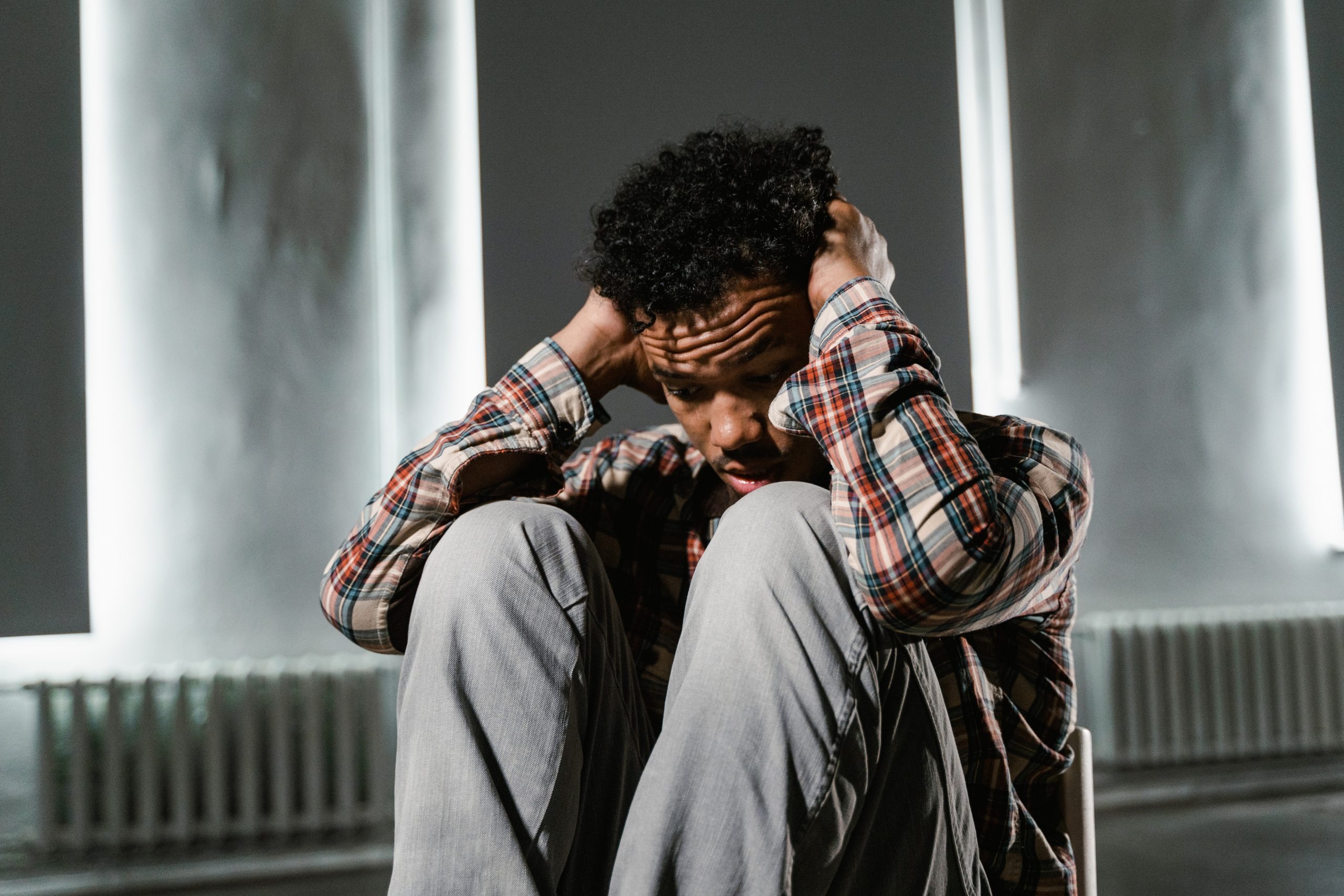
Generalised anxiety: symptoms and treatment
The person with Generalised Anxiety Disorder experiences a constant state of anxiety, often concerning small things and characterised by apprehensive anticipation with pessimistic anticipation of negative or catastrophic events of all kinds in nature
In addition to this excessive and uncontrollable preoccupation with any circumstance, generalised anxiety also manifests itself with somatic symptoms, such as sweating, flushing, heart palpitations, extrasystoles, nausea, diarrhoea, dry mouth, lump in the throat, etc.
Sometimes musculoskeletal disorders are complained of, such as tension (especially in the neck and neck), tics, tremors, fatigability.
The muscular tension typical of generalised anxiety disorder may also express itself with diffuse algic manifestations or headaches
Individuals with this disorder are often irritable, irritable, unable to relax and even to maintain concentration; they are described as often restless, distracted and impatient.
They frequently suffer from insomnia and brood about impending misfortunes, for themselves and others.
Children with Generalised Anxiety Disorder tend to worry too much about their own performance and, in the course of the disorder, the focus of concern may shift from one object to another.
The disorder – which tends to be chronic and long-lasting – can easily be accompanied by depression and lead to abuse of alcohol, caffeine, stimulants and other substances.
In order to diagnose Generalised Anxiety Disorder, the essential feature of the picture – the presence of excessive worries concerning most of the subject’s common activities – must occupy most of the time. The person is unable to control such apprehensive anticipation.
Generalised anxiety also requires at least three of the following symptoms for the diagnosis:
- Restlessness or feeling ‘on edge’
- Fatigability
- Irritability
- Difficulty concentrating or memory lapses
- Muscle tension
- Restless, unsatisfactory sleep or difficulty falling asleep.
Cognitive-behavioural psychotherapies deal with generalised anxiety in different ways
The various situations in which anxiety occurs can be dealt with separately using behavioural and cognitive restructuring techniques.
Some use relaxation techniques to interrupt the self-feeding process of anxiety and lower the general state of tension.
Finally, interventions aimed at enhancing assertive skills can be chosen.
Among the most popular pharmacological treatments for generalised anxiety disorder are certainly those based on anxiolytics.
Benzodiazepines are, in fact, the most widely used drugs; however, buspirone is certainly a more recent compound of equal effectiveness.
Antidepressants with good anxiolytic action also include Sertraline and Paroxetine.
Read Also
Emergency Live Even More…Live: Download The New Free App Of Your Newspaper For IOS And Android
Panic Attacks: Symptoms, Causes And Treatment
First Aid: How To Deal With Panic Attacks
Panic Attacks: Symptoms And Treatment Of The Most Common Anxiety Disorder
Social Phobia (Social Anxiety): Symptoms, Diagnosis And Treatment
Rorschach Test: The Meaning Of The Stains
Anxiety: A Feeling Of Nervousness, Worry Or Restlessness
War And Prisoner Psychopathologies: Stages Of Panic, Collective Violence, Medical Interventions
First Aid And Epilepsy: How To Recognise A Seizure And Help A Patient
Panic Attack Disorder: Feeling Of Imminent Death And Anguish
Firefighters / Pyromania And Obsession With Fire: Profile And Diagnosis Of Those With This Disorder
Hesitation When Driving: We Talk About Amaxophobia, The Fear Of Driving
Rescuer Safety: Rates Of PTSD (Post-Traumatic Stress Disorder) In Firefighters
Italy, The Socio-Cultural Importance Of Voluntary Health And Social Work
Anxiety, When Does A Normal Reaction To Stress Become Pathological?
Defusing Among First Responders: How To Manage The Sense Of Guilt?
Temporal And Spatial Disorientation: What It Means And What Pathologies It Is Associated With
The Panic Attack And Its Characteristics
Pathological Anxiety And Panic Attacks: A Common Disorder
Panic Attack Patient: How To Manage Panic Attacks?
Panic Attack: What It Is And What The Symptoms Are
Rescuing A Patient With Mental Health Problems: The ALGEE Protocol
Panic Attacks: Can They Increase In The Summer Months?
ALGEE: Discovering Mental Health First Aid Together
Rescuing A Patient With Mental Health Problems: The ALGEE Protocol
Basic Psychological Support (BPS) In Panic Attacks And Acute Anxiety
What Is Postpartum Depression?
How To Recognise Depression? The Three A Rule: Asthenia, Apathy And Anhedonia
Postpartum Depression: How To Recognise The First Symptoms And Overcome It
Postpartum Psychosis: Knowing It To Know How To Deal With It
Schizophrenia: What It Is And What The Symptoms Are
Childbirth And Emergency: Postpartum Complications
Intermittent Explosive Disorder (IED): What It Is And How To Treat It
Baby Blues, What It Is And Why It Is Different From Postpartum Depression
Depression In The Elderly: Causes, Symptoms And Treatment
Generalised Anxiety Disorder: What It Is And How To Recognise It
Mental Contamination And Obsessive Disorder


